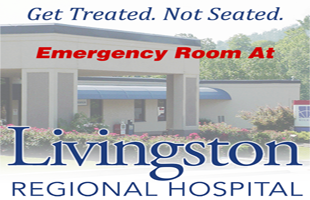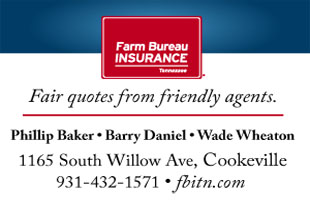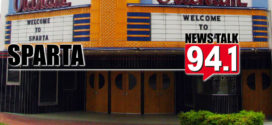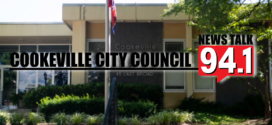A unique resource for non-verbal children is coming to Livingston’s Central Park in the form of a communication board.
A communication board features letters, words and pictures to bridge the gap between verbal and non-verbal people.
Speech Pathologist Alyssa Farris is leading the charge, with support from the city to get it installed. Farris said the idea came from her own experience with a family member who could not communicate that they did not want to use the splash pad.
“I quickly made kind of a communication board on my phone,” Farris said. “And was able to realize that he actually wanted to go bang on the drums at the park, instead. So that’s when the idea kind of blossomed and I thought this would be so good for other children.”
Farris said that based on CDC data, she estimated there are over 1,000 children who could benefit from the communication board in Overton County. She said Autism, Cerebral Palsy, intellectual disabilities and other factors can cause children to be non-verbal.
She said the goal is to get the board installed in the middle of September.
“Imagine you’re a child and someone says, ‘hey, where do you want to play?” Farris said. “You hear that person, but you’re non-verbal and you have no way to tell them that your favorite place to play is the splash pad. So you look around until your eyes meet the splash pad and you hope that they realize you want to play there but they don’t respond the way you want them to.”
Farris said this is when frustration can set in for the child.
“They take you to the slide and you have a meltdown because, little do they know, you hate the way the slide feels,” Farris said. “It’s hot to the touch as you slide down it and you don’t want to play anymore, you only want to go home because you had a bad experience playing and communicating your wants and needs to someone.”
Farris said this type of communication is called Augmentative and Alternative Communication. She said once it becomes a permanent fixture in Central Park, everyone who visits will pick up skills to better communicate in the community.
“It serves as an opportunity for even natural speakers or regular communicators can learn more about Augmentative and Alternative Communication,” Farris said. “Because I spend a lot of time teaching children who have disordered communication how to communicate with us. But what we don’t spend a lot of time doing is teaching natural speakers to communicate with children who have disordered speech. So hopefully this will serve as a way to promote inclusion and be a learning experience for everyone.”
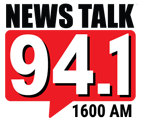 News Talk 94.1/AM 1600 Where The Upper Cumberland Talks
News Talk 94.1/AM 1600 Where The Upper Cumberland Talks

